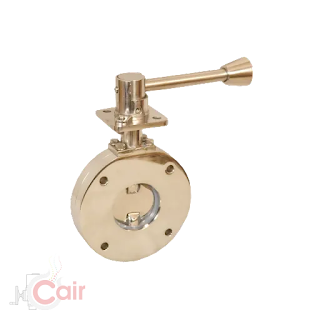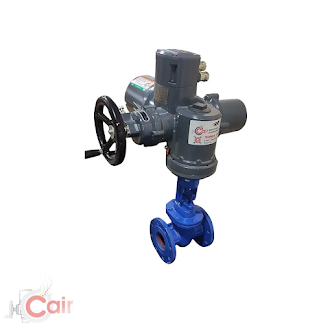An Introduction to Motorized Ball Valve
An automatic ball valve controls the flow of water through a motorized ball valve. Water hammering can be prevented by valves that provide high flow rates, emergency shut-offs, and high flow rates. A large variety of voltages, functions, and body materials are available for the electric motorized ball valves, also called actuated ball valves. Modern machines and plants commonly use different types of solenoid valves.
Control valves such as ball valves have quarter-turn features and typically consist of a hollow, pivoting, perforated ball to regulate the water flow. During the close position, the hole in the motorized ball valve is parallel to the liquid flow while being pivoted 90 degrees under control. After numerous cycles or long periods of inactivity, motorized ball valves usually close securely. Flow regulation and shut-off applications require motorized ball valves because of their special features.
In addition to different bore styles and ball mechanisms, ball valves can be used at a variety of working pressures. There are two types of ball valves: high-pressure ball valves and low-pressure ball valves. If the devices work with pressures higher than 3000 psi, they are considered high-pressure ball valves.
Construction of Motorized Ball Valves
In motorized ball valves, fluid flow is controlled by electrical energizing and de-energizing. A motor can automatically open and close actuated valves, unlike manual valves that require manual action to turn the handle or gears.
Motorized ball valve products are generally constructed by combining a ball valve with an electric actuator. Ball valves and actuators must be able to bolt together if the automated mechanism is to be powered by electricity.
Modern manufacturers of actuated valves generally integrate the mount into the valve casting, allowing the ball valve body and the mounting pad to be installed directly into the actuator. This arrangement produces motorized ball valves known as direct-mount valves.
How Motorized Ball Valves Are Actuated?
Various voltages and torques are available for electric actuators of motorized ball valves. In modern actuated ball valves, voltage ranges range from 12V to 240V, AC or DC, giving the user great flexibility. Today's powerful actuators can produce torques ranging from 17Nm to 600Nm in actuated ball valve systems. Motorized ball valves use multi-voltage actuators to sense input voltages and adjust the internal voltage accordingly.
Actuator valves are required to perform high-performance flow control operations depending on the type of valve body and application. Electric actuators only need to rotate 90 degrees to completely complete the on/off mechanism for motorized ball valves or butterfly valves, which rotate the ball or disc to regulate water flow.
Other motorized valves, such as gate valves, globe valves, and others, require multi-turn actuators, which are used for linear applications. A spinning jack screw powered by a motor can complete the linear movement directly, which can be costly and inaccurate.
Applications of Motorized Ball Valves
● On/Off Control:
It is possible to switch from open to fully closed with no stops in between with the motorized ball valves. The electric motor will switch off when the actuated ball valve has completed its cycle of openings and closings through internal cams, which strike the limit switches.
As an example, an electric motor is energized when it receives a signal to close a motorized ball valve, then rotates to close the valve. Once the lobe breaks the circuit, the limit switches travel on the cam as the internal cam rotates on the shaft.
● Positioning Control:
A motorized ball valve can also be used to open or close partially depending on the flow condition, detecting and responding accordingly. This can be accomplished by incorporating a digital position sensor.
An external control command signal will be created based on the special flow requirements. The actuator of the motorized ball valves will compare this input signal to the actual position through the output feedback element. The actuated ball valves will then be driven to balance the commands and reach the desired position. Typically, motorized ball valves are closed with a signal of 4mA or 0V.
Body Materials and Seal Materials
The most popular materials used for the bodies of motorized ball valves are stainless steel, brass, bronze, chrome, titanium, PVC, and so on.
For ball valve seals, a variety of types and materials are available to meet pressure and temperature requirements, as well as chemical compatibility. Typical materials include TMF, reinforced Teflon, various metals, nylon, PEEK, UHMW Polyethylene, and many others.
We are the leading motorized valve manufacturer in India. We offer various types of industrial valves like motorized ball valves, motorized butterfly valves, motorized control valves, and many more.


Comments
Post a Comment